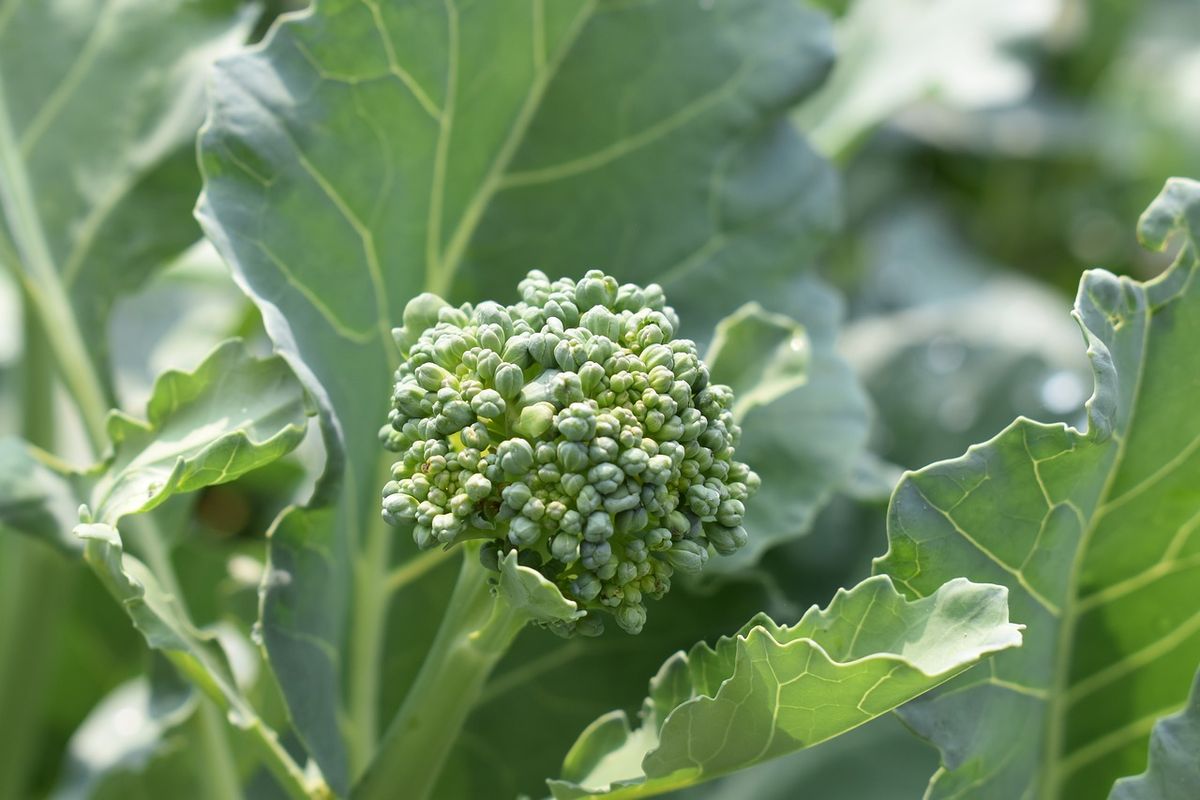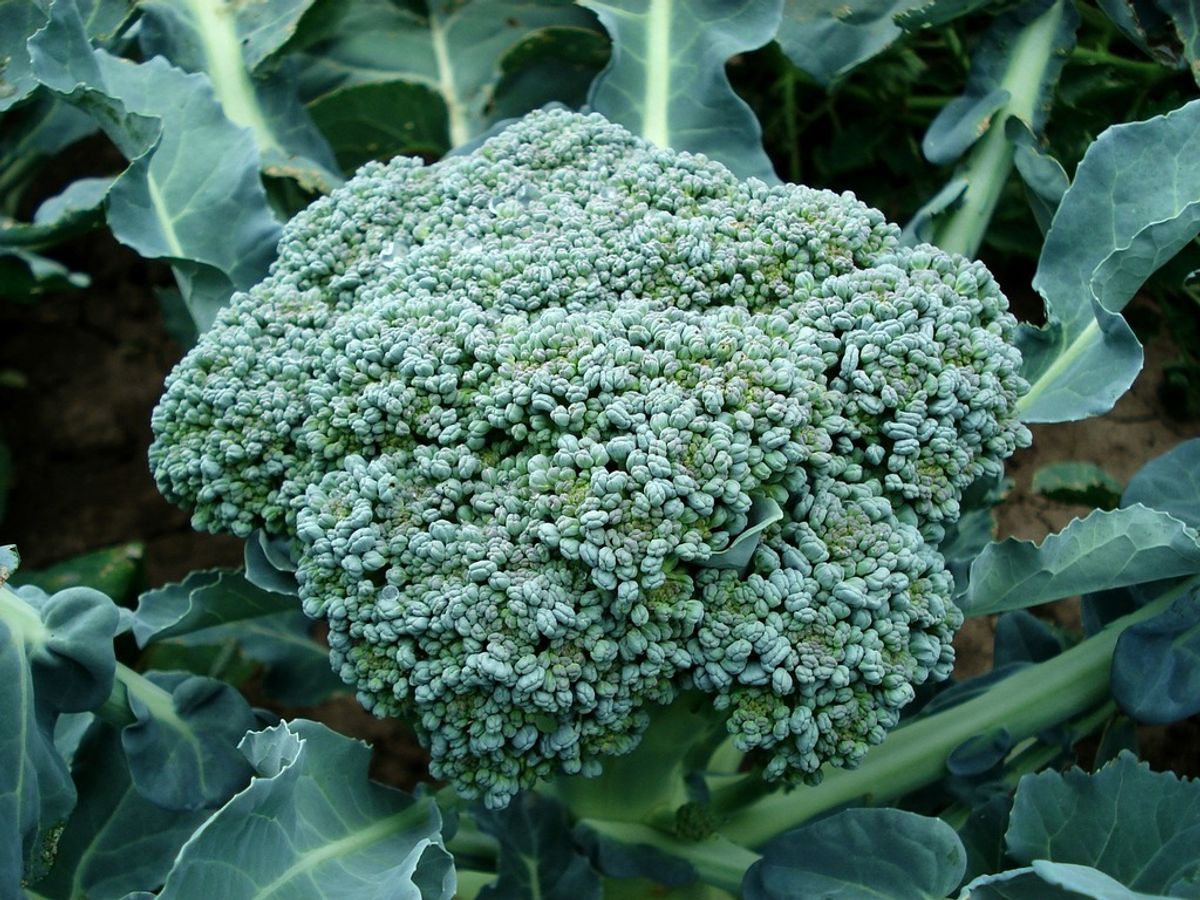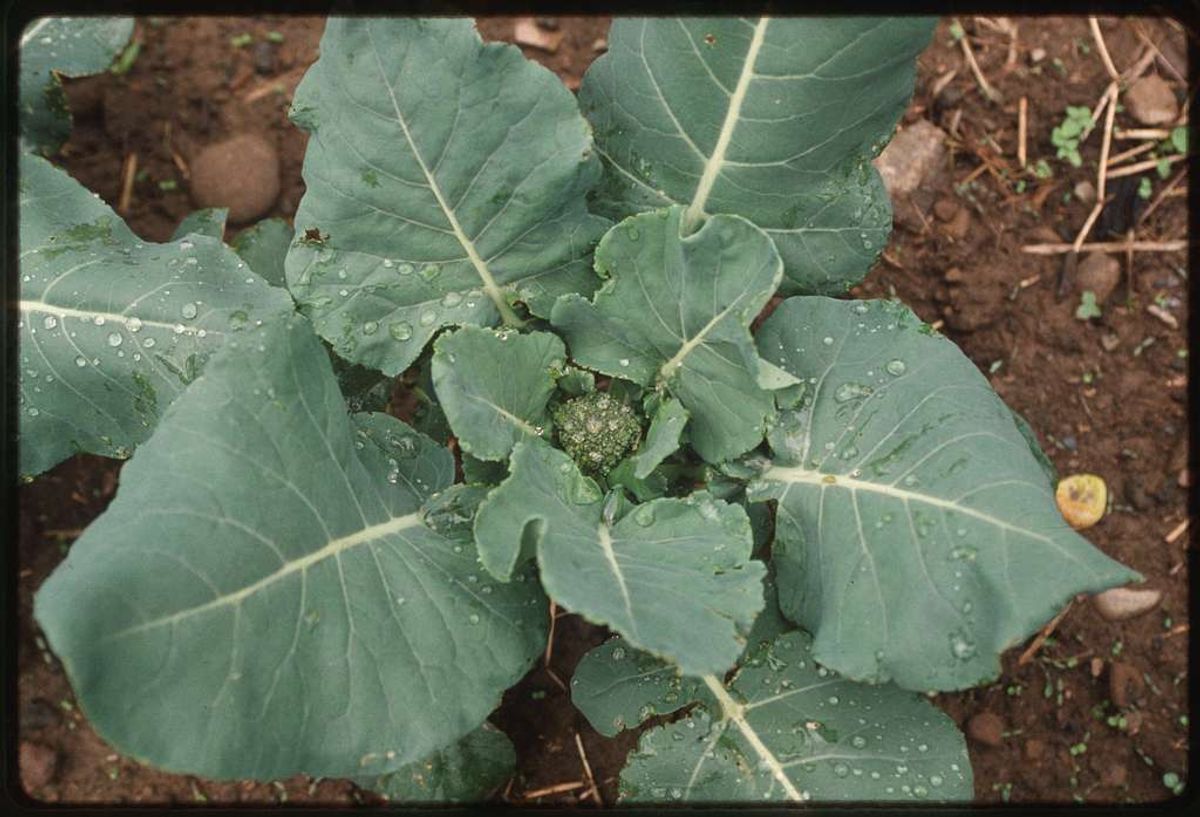Growing broccoli in your home garden can be a rewarding experience. Broccoli is a nutritious and cold-hardy crop that can thrive in your garden with the right care and companions. In this article, we will explore companion plants for growing broccoli, planting and growing tips, and how to grow broccoli as a perennial. Let’s dive into the world of broccoli gardening!
Table of Contents
Key Takeaways
- Broccoli can be grown with companion plants to enhance its growth and yield.
- Starting broccoli seeds indoors before the last frost ensures a midsummer harvest.
- Broccoli is a low-maintenance seedling that is cold-hardy and packed with vitamins.
- Consider companion planting broccoli with other vegetables for a successful garden ecosystem.
- Growing broccoli as a perennial shrub can provide year-round fresh veggies.
Companion Plants for Growing Broccoli

How I Grow Broccoli with Companion Plants
Companion planting is a cornerstone of my gardening strategy, especially when it comes to growing broccoli. By planting broccoli alongside friendly plants, I’ve noticed a significant improvement in growth and health. Beans, beets, and radishes are some of the vegetables that thrive when planted near broccoli. They seem to enjoy each other’s company, and the diversity can deter pests and diseases.
Marigolds are a particular favorite of mine to plant with broccoli. Not only do they add a splash of color to the garden, but they also attract beneficial insects like ladybugs, which feast on aphids.
Flowers like chamomile and nasturtiums are also part of my companion planting scheme. They bring in pollinators and add a pleasant fragrance to the garden. Here’s a quick list of my go-to companion plants for broccoli:
- Chamomile
- Marigolds
- Nasturtiums
- Geraniums
- Borage
It’s important to note that not all plants make good neighbors for broccoli. For instance, I steer clear of planting parsley nearby, as it’s known to be a foe to broccoli’s prosperity.
Companion Planting Broccoli
Companion planting is a time-honored gardening technique that leverages the natural relationships between plants to enhance growth, deter pests, and improve flavor. Beets, for instance, are excellent companions for broccoli. They are not only unbothered by sharing soil nutrients with the nutrient-hungry broccoli but also contribute valuable magnesium to the soil, promoting overall plant health.
When planning your garden, consider the following companions for broccoli:
- Chamomile
- Marigolds
- Nasturtiums
- Geraniums
- Borage
Each of these flowering plants not only adds aesthetic value to your garden but also plays a crucial role in attracting beneficial insects and pollinators. This natural approach to pest control can significantly reduce the need for chemical pesticides.
By strategically pairing broccoli with the right companions, you can create a symbiotic environment that benefits all your plants. The Companion Planting Chart is a useful resource that outlines which vegetables work well together, offering a practical guide to maximizing your garden’s potential.
Planting and Growing Broccoli Tips

My Tips for Planting and Growing Broccoli
When you’ve decided on the perfect companions for your broccoli, it’s time to focus on the planting process. Starting seeds indoors is crucial for a successful broccoli crop. Aim to begin this process 6 to 8 weeks before the last frost date. This head start is essential as broccoli plants are slow growers and require a longer maturation period.
Once the seedlings are sturdy and the threat of frost has passed, transplant them outdoors. Ensure the soil is rich and well-drained, as broccoli thrives in fertile ground. If you’re aiming for a fall harvest, you can direct sow seeds in the garden in midsummer.
Consistent care is key to a bountiful harvest. Regular watering, mulching, and monitoring for pests will keep your broccoli plants healthy and productive.
Remember, the timing of your planting can greatly influence the quality and quantity of your harvest. Use the following table as a guideline for planting schedules:
| Season | Indoor Start | Outdoor Transplant |
|---|---|---|
| Spring | 6-8 weeks before last frost | After last frost, when soil is workable |
| Fall | Not applicable | Midsummer |
By adhering to these tips and keeping a close eye on your plants, you’ll be well on your way to enjoying homegrown broccoli.
Top Tips for Growing Broccoli
Growing broccoli in your home garden can be a rewarding experience, and with a few top tips, you can ensure a healthy and bountiful harvest. Ensure your broccoli plants have a strong start by beginning the seeds indoors. This is especially important as broccoli plants are slow growers. Starting seeds indoors six weeks or more before the last frost is ideal for a midsummer harvest.
When transplanting, consider the timing carefully. For those in India, the perfect time to grow broccoli is around September-November. However, if you’re aiming for a spring crop, start your seeds indoors 4 to 6 weeks before the last expected frost and transplant when temperatures are consistently above 50 degrees F.
Consistent care is key to successful broccoli growth. Regular watering, proper spacing, and timely harvesting will greatly improve your yield.
Here are a few additional tips to keep in mind:
- Monitor soil moisture and water regularly to keep the soil evenly moist.
- Space your plants properly to ensure adequate air circulation and sunlight.
- Harvest broccoli heads while the buds are still tight and green to enjoy the best flavor.
Growing Broccoli as a Perennial

How to Grow Broccoli as a Perennial
Growing broccoli as a perennial can transform your garden into a year-round vegetable oasis. Choose the right variety such as Waltham, an heirloom or open-pollinated variety known for its abundance of side shoots from the main head. This variety was notably mentioned in Sage’s Acre as the original Waltham broccoli plant back in 02-2020.
Broccoli, along with its relatives like cauliflower and cabbages, can be grown as perennial shrubs, providing fresh food nearly all year. This method aligns well with those who prefer a low-maintenance garden.
To ensure success, follow these steps:
- Start with an heirloom or open-pollinated variety like Waltham.
- Plant seeds 1/2″ deep in full sun, spaced 4-6″ apart.
- Maintain rows 18-36″ apart to allow for growth.
- Begin planting when outdoor temperatures reach 50°F.
- Thin plants to 12-24″ as they grow.
- Harvest the center head before the flower buds open, then continue to harvest side shoots regularly.
I hope you liked the topic. Do not forget to share with friends. Thank you
You may also like
Cultivating Zucchini: Tips for a Successful and Abundant Harvest
Step-by-Step to Growing Bell Peppers in Your Garden
Mastering the Art of Growing Carrots: Tips for a Bountiful Harvest


